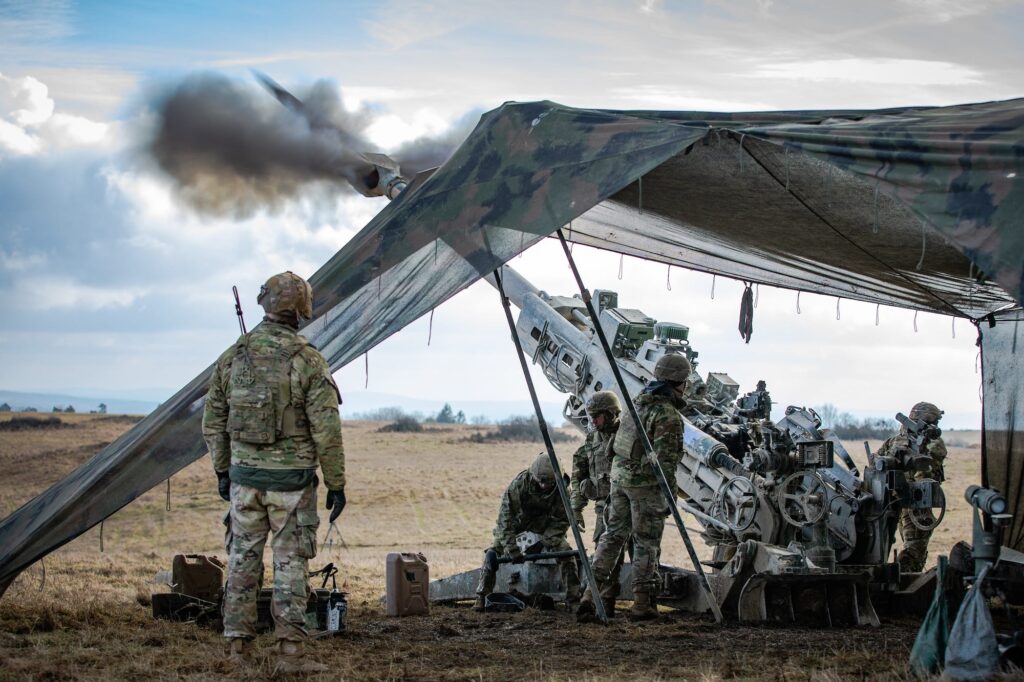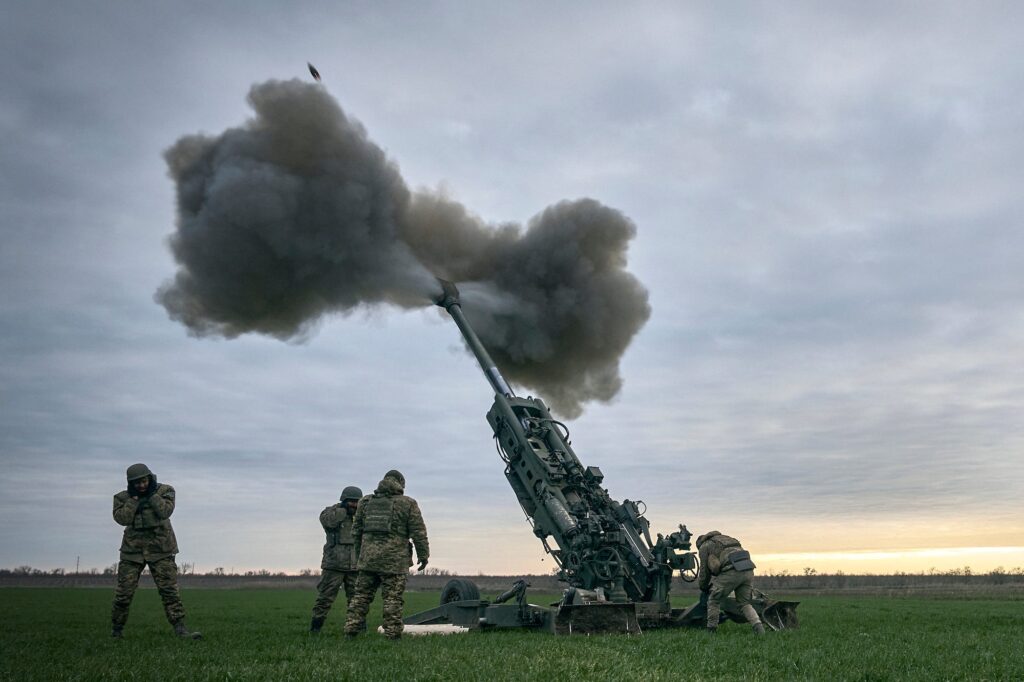- A US general said the "future is not bright for towed artillery," weapons like the M777 howitzer.
- Gen. Rainey cited the need for mobile, indirect fires and autonomous capabilities for future conflict.
- The war in Ukraine has put artillery back in the center of land combat, with both sides relying on it heavily.
A US Army general said the age of the towed artillery cannon may be coming to an end and suggested the prioritization of other, more mobile options.
The general's comments on towed artillery, systems like the M777 howitzer, come as these weapons are being used in the war in Ukraine. Artillery pieces, including towed weapons provided to Kyiv by the US and other partners, are front and center, with both sides heavily relying on them in combat for indirect fire.
At the Association of the United States Army's Global Force symposium this week, US Army Futures Command head Gen. James Rainey said towed artillery's days are probably numbered, or at least should be.
"I personally believe that we have witnessed the end of the effectiveness of towed artillery: The future is not bright for towed artillery," Rainey said, according to Breaking Defense.
Rainey said, per Defense One, that future warfare will demand artillery systems that can "continuously move" with "no displacement" time, talking about the time to relocate the gun after firing it, a task that can take several minutes and put crews at risk.

The four-star general said the Army should instead be prioritizing highly mobile indirect-fire options, as well as autonomous capabilities that don't require troops to load and fire. Rainey said he's "very interested in autonomous and robotic cannon solutions" for joint forcible entry formations, Defense News reported.
Rainey also cited the Army's conventional fires study completed in July 2023. The study, he said, was partially spurred by "what's happening in Ukraine" and what may be needed across operational theaters, such as the Indo-Pacific.
That study looked into what capabilities the Army needs to field going forward, as well as what new technologies are worthwhile for investment and procurement.
Finding the right artillery solution is a work in progress though. The strategic long-range cannon with a 1,000-mile range never came about, and the Army recently decided that its Extended Range Cannon Artillery simply wasn't what it actually needed for the future fight after some successful tests.

Though towed artillery might not have a future in the US Army, assets like the M777 howitzer are seeing major use in the war in Ukraine.
Multiple military aid packages since Russia launched its full-scale invasion have included howitzers and significant amounts of ammunition. As both Russia and Ukraine burned through artillery shells at astonishing rates, the US and its allies prioritized production to keep Kyiv in the fight.
That support from the US, however, has waned in recent months amid political roadblocks in Congress that have left Ukrainian units rationing shells.
But while artillery, including towed units and self-propelled assets firing rockets and shells, has been a dominant element of the war in Ukraine thus far, it's also shown vulnerabilities in a modern fight. Drones, for instance, have dominated the skies and have easily targeted artillery systems and denied troops mobility and access to safely move pieces to new positions.
